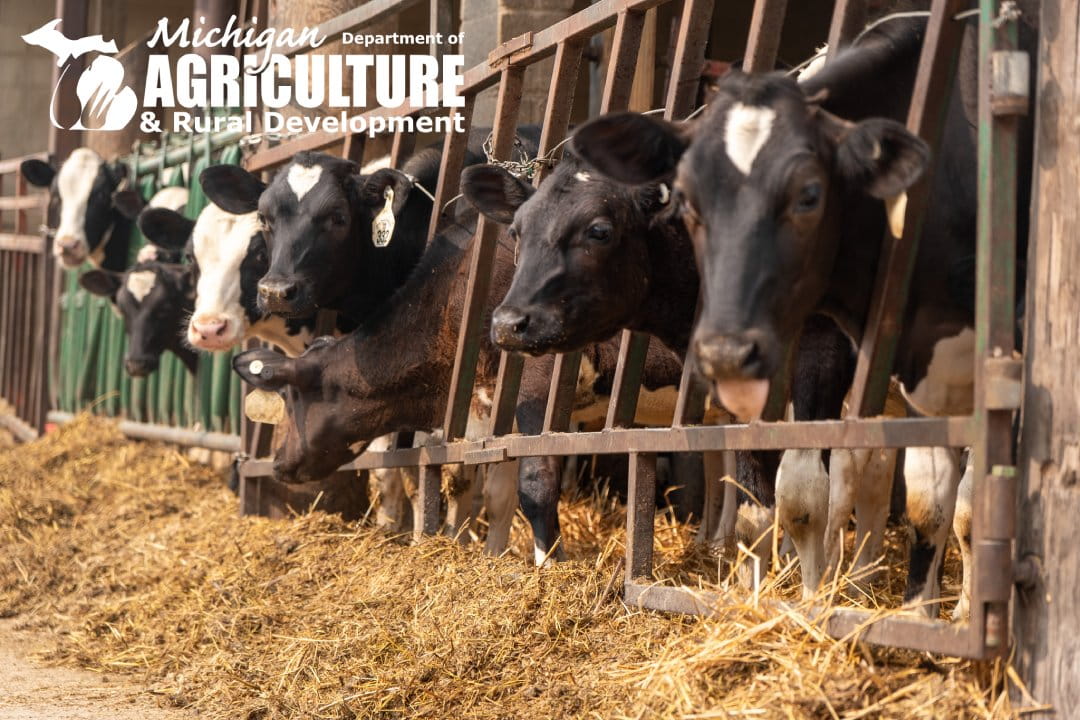Study says bird flu detected in NYC: ‘a very small number of birds were found positive’
by: Matthew Euzarraga
Posted: Apr 10, 2024 / 02:22 PM EDT
Updated: Apr 10, 2024 / 02:22 PM EDT SHARE
NEW YORK (PIX11) – Avian Influenza, commonly called bird flu, has been detected in New York City according to one study.
“A very small number of birds were found positive,” the study conducted with Mount Sinai and the Icahn School of Medicine at Mount Sinai’s Institutional Animal Care and Use Committee reads. “The presence of the virus poses a low but non-zero risk for humans and pets, more awareness about the presence of this virus in the urban animal-human interface is needed.”
 A bird flu outbreak was first detected in the U.S. at the beginning of the month at a facility in Texas. Since then, two human cases have been reported in the U.S. but neither were fatal.
A bird flu outbreak was first detected in the U.S. at the beginning of the month at a facility in Texas. Since then, two human cases have been reported in the U.S. but neither were fatal.
In both cases, flu-like symptoms and red eyes were reported, officials stated.
Since the detection of the first case of bird flu in Texas, there have been no reports of a human infected with bird flu in the tri-state area. There is also no evidence that person-to-person contact can spread Avian flu, according to officials... https://pix11.com/news/local-news/st...ound-positive/
https://pix11.com/news/local-news/st...ound-positive/
 maybe reffering to Colorado?
maybe reffering to Colorado?
by: Matthew Euzarraga
Posted: Apr 10, 2024 / 02:22 PM EDT
Updated: Apr 10, 2024 / 02:22 PM EDT SHARE
NEW YORK (PIX11) – Avian Influenza, commonly called bird flu, has been detected in New York City according to one study.
“A very small number of birds were found positive,” the study conducted with Mount Sinai and the Icahn School of Medicine at Mount Sinai’s Institutional Animal Care and Use Committee reads. “The presence of the virus poses a low but non-zero risk for humans and pets, more awareness about the presence of this virus in the urban animal-human interface is needed.”
In both cases, flu-like symptoms and red eyes were reported, officials stated.
Since the detection of the first case of bird flu in Texas, there have been no reports of a human infected with bird flu in the tri-state area. There is also no evidence that person-to-person contact can spread Avian flu, according to officials...



 ...
...


Comment